The best fertilizing of grapes in spring and the rules for their introduction
Grapes are thermophilic crops, but many varieties are grown both in the south and in the middle zone of the country. They are distinguished by strong immunity and resistance to weather conditions. In order for the grapes to bear fruit stably, to delight with tasty and juicy berries, with the arrival of spring they are fed with organic and mineral fertilizers. Let's consider what procedures are used to feed grapes in spring and what to look for when choosing nutrients.
The content of the article
The goals of spring feeding of grapes
Spring feeding stimulates the growth and development of shoots. After winter, the plant is weakened, it lacks vitamins and minerals. To compensate for this deficiency, it is important, with the arrival of spring, to introduce organic matter into the soil for the growth of green mass and mineral components for the formation of fruits.
Fertilize grapes to protect against pests and diseases, which are activated with the onset of heat. Summer residents use foliar treatments: they spray the grapes with solutions and tinctures.
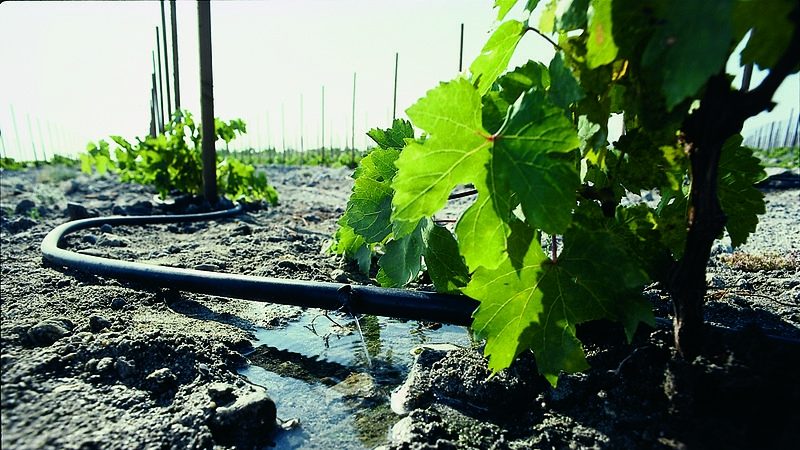
When to feed in spring
For the first time, fertilizers are applied when the air warms up to + 16 ° C. Month and date vary by region cultivation... In central Russia, this is approximately mid-April or early May, in more southern and warmer regions - early April.
The second time the grapes are fertilized before flowering. As a rule, this falls on the middle or end of May. The recommended time is morning or evening. For the application of mineral fertilizers, dry, calm and cloudy days are chosen. Do not feed grapes in rainy and foggy weather.
How to feed grapes in spring
In order for the vineyard to grow healthy and productive, it is fertilized with mineral, organic and complex compounds. It is important to observe the dosage of fertilizers and recommendations for their preparation. The mistake of many gardeners lies in the fact that they apply fertilizing haphazardly, which leads to an excess of nutrients. It is just as harmful to the plant as the deficiency.
Organic fertilizers
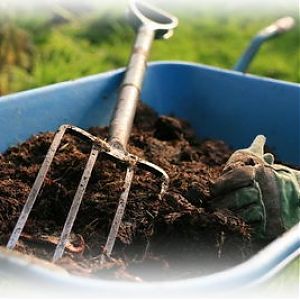
Organics cost little or nothing, and are easy to prepare. Manure is used for spring feeding of grapes. It contains phosphorus, nitrogen and potassium.
In the aisles, a layer of earth is removed, overripe manure is laid in the holes, sprinkled with soil on top. This simple method is used every 2-3 years, it helps the vines to wake up after winter. Manure infusion is also used: 2 kg are required for 10 liters of water. They are mixed, then diluted with water at the rate of 1:10. Plants are watered not at the root, but in the trunk holes.
For annual use, chicken manure or a solution is suitable. When preparing the solution, it is important to observe the proportion: 1 part of chicken manure to 15 parts of water. Consumption rate - from 0.5 to 1 liter for each plant. If you add more droppings, there is a high risk of burning the plants.
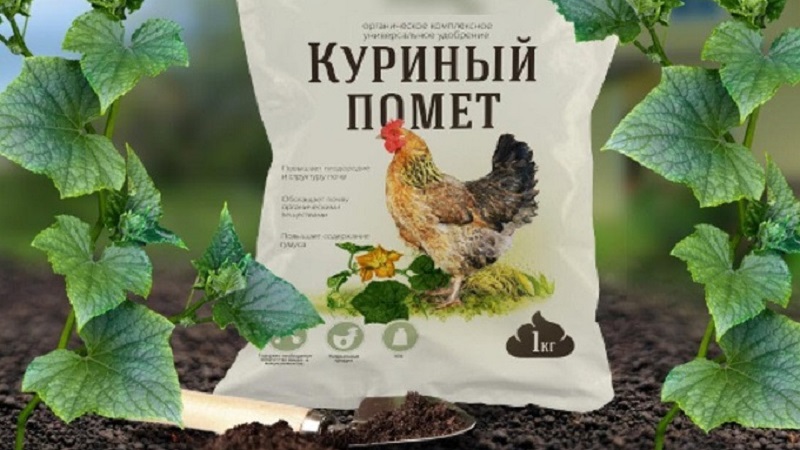
Attention! When poultry manure decomposes, it releases large amounts of ammonia, which adversely affects plants. Therefore, in its pure form, litter is used mainly in the fall, and in the spring they prefer a solution. To enrich it, sawdust, peat or chopped straw are added to the composition.
Top dressing is applied to wet soil, after rain or preliminary watering. The solution should not fall on the vines or leaves, it is applied only to the ground.
Mineral fertilizers
One or two component mineral mixtures help the grapes to thrive and protect against disease. Phosphorus is required for the formation of ovaries, potassium increases resistance to adverse weather conditions, boron activates flowering, and zinc improves yields.
For the first feeding, a mixture of 40 g of superphosphate and 20 g of potassium sulfate is suitable. The ingredients are mixed and introduced into the root holes, sprinkled with earth on top. Fertilizer increases the resistance of vines to drought and dehydration, takes part in the processes of photosynthesis. Superphosphate strengthens the root system, stimulates fruit ripening. It is sold in powder or granular form.
Advice! It is not recommended to mix superphosphate with calcium nitrate and ammonium sulfate.
Some summer residents prefer nitrogen-containing subcortex: ammonium nitrate, ammonium sulfate, ammonium chloride, urea. They are used both as a top dressing and as a means of protecting against diseases and pests. Ammonium sulfate is especially popular - it has low toxicity. Sold in powder or granule form. About 15 g of substance is required per 1 m² of vineyard. The product is suitable for use on acidic soils, increases yields by 25–40%, and inhibits fungal and viral diseases.
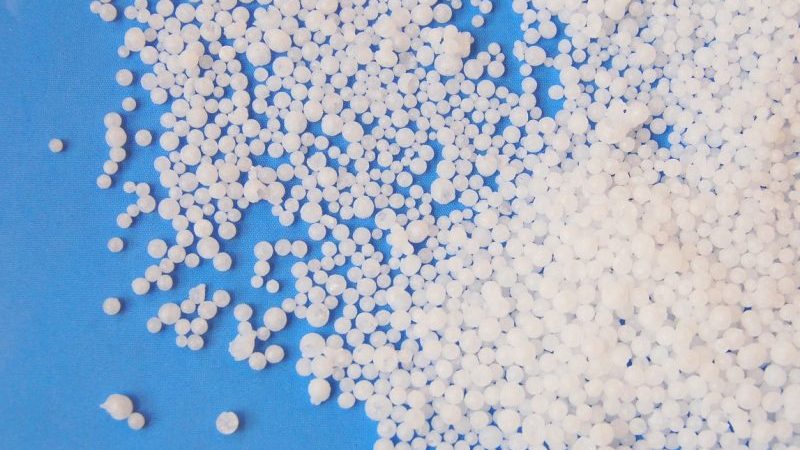
Finished purchased fertilizers
Ready-made fertilizers are in great demand: you do not have to waste time and measure the amount of components, it is enough to dilute them with water or apply them under the grapes in a dry form.
For feeding summer residents use "Zircon". It protects plants from shedding of ovaries, activates shoot growth, and stimulates ripening of fruits. Thanks to the spring use of Zircon, the yield increases by 30-60%, the plants are less likely to get sick. Use a root or foliar application. To prepare the solution, 5 liters of water and 5 drops of Zircon are required. The finished mixture is stored for no more than 3 days. It is processed in an early windless morning. Zircon should not be applied simultaneously with alkaline fertilizers.
Complex feeding "Kemira Lux" is also popular... It contains nitrogen, phosphorus and potassium. Sold in the form of granules. The drug is applied dry or as a solution. The second option is preferable, since nutrients are absorbed faster in a humid environment. A solution is prepared at the rate of 20 g of granules per 10 l of water. For 1 bush use 1-2 liters of funds. "Kemira Lux" prevents the appearance of pests, improves the nutrition of the vines, increases resistance to wind and frost.
In addition to Zircon and Kemira, Agricola, Novofert, Aquarin are used for spring feeding.... The complexes contain nutritional components that ensure the healthy development of grapes.
Folk recipes
One of the simple and effective dressings for grapes - yeast infusion... They are inexpensive, safe and environmentally friendly. To prepare the product, 200 g of yeast is diluted in 1 liter of warm water, infused for 5–7 hours, mixed thoroughly. The resulting solution is diluted in 5 liters of water, about 1 liter is used for each bush.
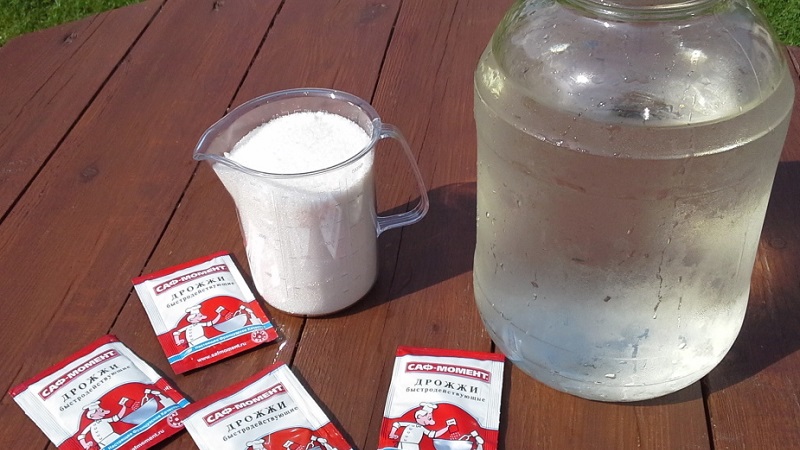
Advice! Experienced summer residents recommend using baker's yeast. They actively stimulate the growth of vines, enrich plants with vitamins.
Fertilizers are also used based on plant residues. Weeds, last year's tops and stepchildren are placed in a deep container, filled with water, covered with a plastic bag or cling film. Make 2-3 holes in the bag for air ventilation and put them in a dark place for 15 days. Then it is diluted with clean water in a ratio of 1:10, applied at the root at the rate of 0.5 liters per bush.
In the spring and summer, the vineyards are protected from spider mites. Insects live on the lower part of the leaf, they are activated with the arrival of spring. Regular spraying with folk remedies prevents their appearance.
Choosing a top dressing for a good harvest
To delight the grapes with a tasty and sweet harvest, gardeners use an ash-based fertilizing. To prepare it, you need 1 kg of ash, 20 liters of water, 5 liters of mullein and 2.5 liters of bird droppings. All ingredients are mixed in a deep container, infused for a week in a dark place. After 1 liter of infusion, dilute in a bucket of water and water the vineyard.
1 bush takes up to 1.5 liters of the mixture. After the procedure, the plants are watered abundantly with warm water and the soil is mulched - this will delay the evaporation of moisture, the nutrients will penetrate deeper to the roots. Straw, grass, sawdust, hay are used as mulch.
Attention! Ash actively protects grapes from diseases, so once a season about 1 kg of ash is scattered around the bush. It is rich in potassium, calcium, phosphorus and magnesium.
For fast growth
To stimulate the inflorescences, apply fertilizing from nitroammofoska (50 g) and boric acid (0.4 g). The substances are dissolved in 10 l of water and stirred. Fertilizer not only accelerates development, but also improves berry ovary. Before applying, the soil near the bushes is loosened, cleaned of weeds and debris.
Before flowering, some summer residents use foliar dressing. For its preparation, 40 g of urea, 20 g of citric acid, 15 g of boric acid and 1 g copper sulfate... Substances are dissolved in a bucket of warm water. Grapes are processed from a spray bottle in cloudy weather.
How to properly feed
Experienced winegrowers advice:
- Adult plants need additional nutrition as well as young ones. Therefore, it is important to pay attention to them and feed them with mineral or organic compounds with the onset of heat.
- Before the procedure, the soil is loosened, and then the grapes are abundantly watered with water at room temperature.
- Do not apply fertilizers in sunny weather - this can provoke chemical burns of leaves and fruits.
- Complex fertilizers are used only once a season. Otherwise, the grapes will suffer from an excess of vitamins and minerals.
- When adding chemical or biological compounds, safety rules are observed: wear a protective suit, glasses, gloves and a respirator. Fertilize in accordance with the directions on the package.
- The solution poured under the root should not be cold. A suitable temperature is around + 25 ° C.
Features of fertilization depending on the growing region
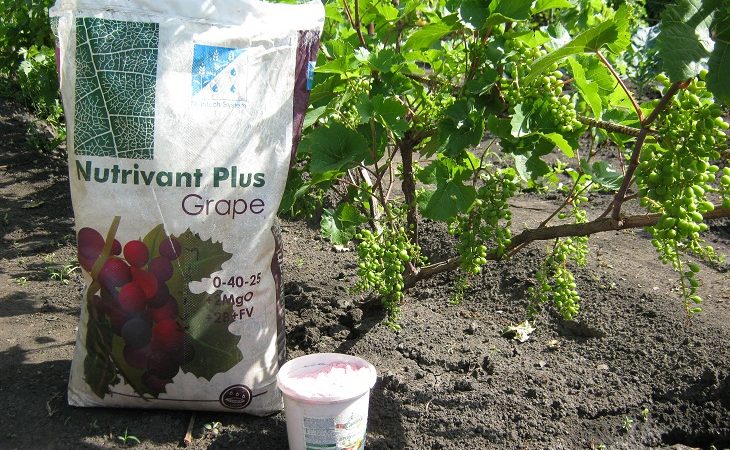
For the Urals and Siberia complex fertilizers are suitable: "Kemira Universal" or "Kemira Lux". They increase the resistance of plants to cold and frost that characterize these regions. Mineral complexes are introduced once a season - in early spring. Subsequently, organic or folk remedies are used.
In outskirts of Moscow use mineral mixtures based on potassium or phosphorus. The components penetrate deep into the soil, strengthen the root system, as a result, the plant acquires strong immunity and is less likely to get sick. At the same time, it is important to loosen the soil and mulch so that the effect of feeding is preserved as long as possible.
In the Krasnodar Territory and other warm regions grapes grow well, rarely get sick, so summer residents pay attention to folk mixtures. For their preparation, ash, yeast, sugar, plant residues, tobacco dust are used. Apply the formulations as root and foliar dressings.
Conclusion
Fertilizing grapes in spring is a simple procedure. For the first feeding, liquid mixtures are used: infusion of mullein or bird droppings, ash solution or slurry. The funds are brought in in April or May, depending on the growing region. From mineral fertilizers, grapes respond favorably to potassium, phosphorus, nitrogen, magnesium, from ready-made complex fertilizers - to "Kemira" or "Novofert".
The interval between spring dressings is 2-3 weeks. Some novice summer residents mistakenly believe that the more fertilizers are applied, the better. This is not the case: an overabundance of nutrients negatively affects the yield and condition of the plants.